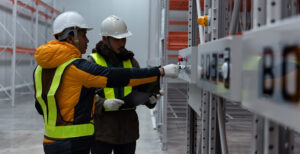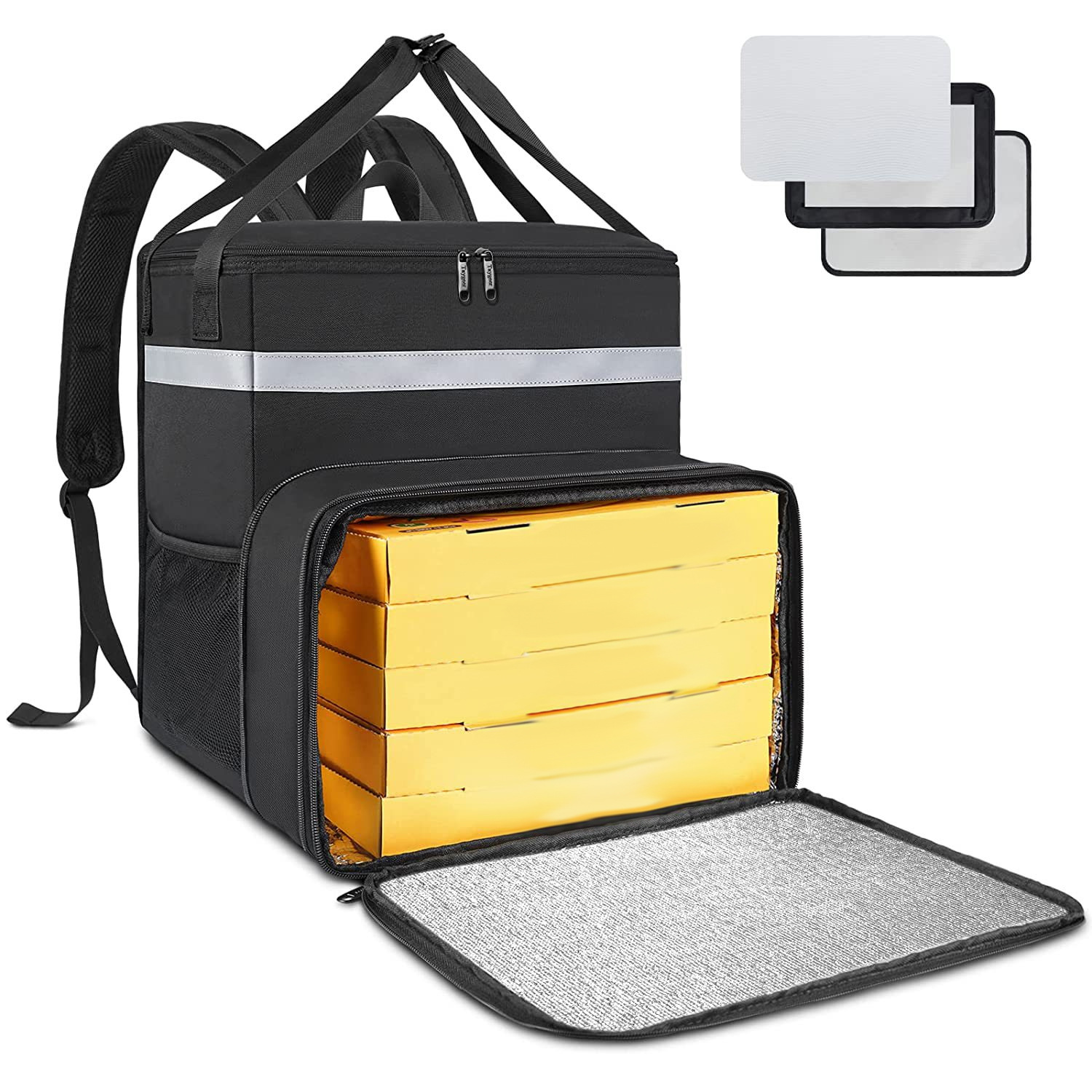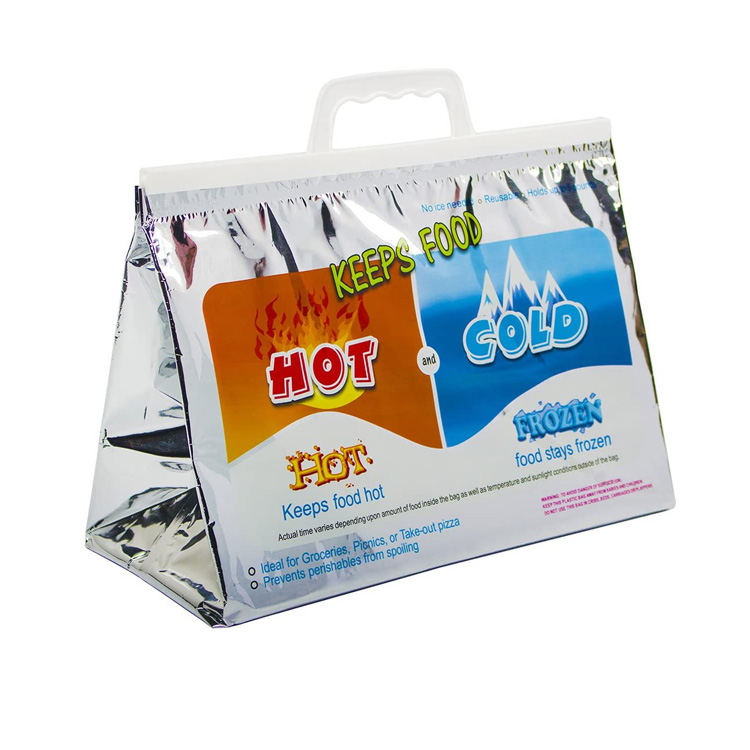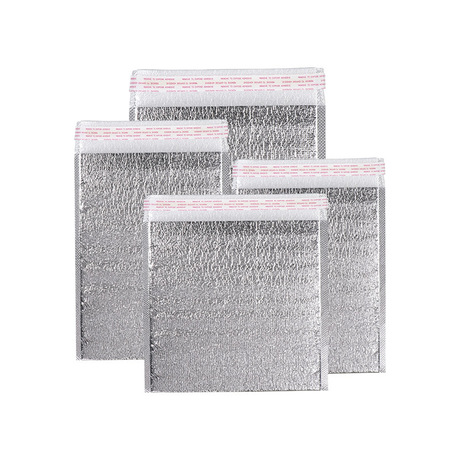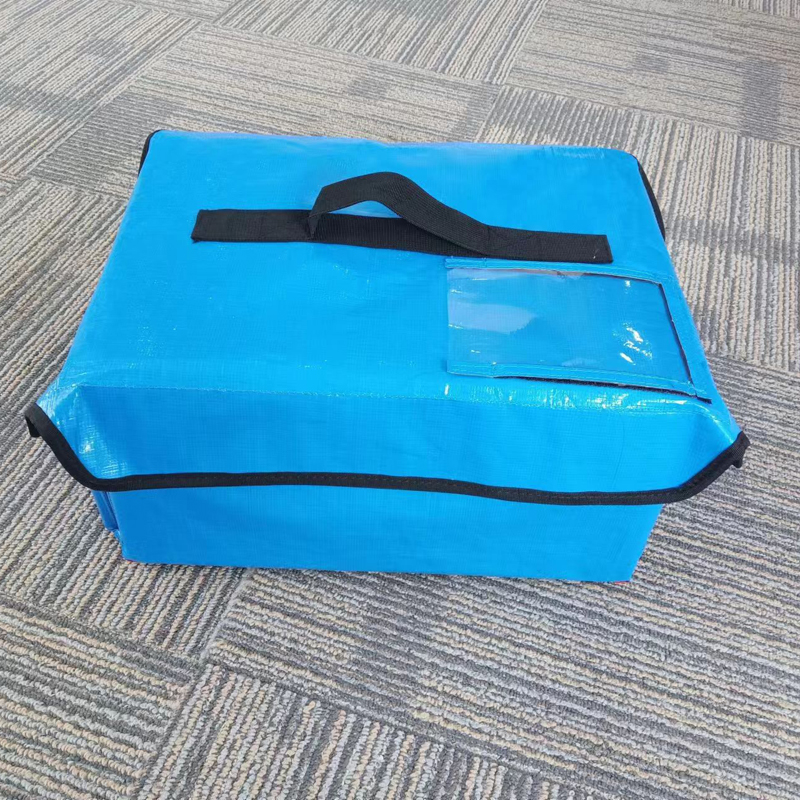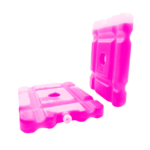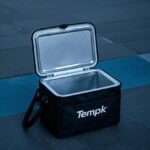مقدمة: Cold chain logistics is crucial for maintaining the quality and safety of temperature-sensitive products, especially in modern agriculture and the food supply chain. This article discusses the essential temperature standards in cold chain logistics, covering requirements for various products, implementation methods, consequences of non-compliance, and future trends.

1. Temperature Standards for Different Products
1.1 Food Cold Chain:
- Frozen Food: Must be kept below -18℃ (e.g., frozen meat, المأكولات البحرية, بوظة).
- Refrigerated Food: Requires 0℃ to 4℃ (e.g., fresh vegetables, ثمار, منتجات الألبان).
- Perishable Food: Should be maintained between -1℃ and +1℃ (e.g., fresh meat, fish).
1.2 Drug Cold Chain:
- Frozen Drugs: Below -20℃ (e.g., اللقاحات, biological products).
- Refrigerated Drugs: Between 2℃ and 8℃ (e.g., most vaccines, blood products).
- Normal Temperature Drugs: Between 15℃ and 25℃.
1.3 Chemical Cold Chain:
- Cryogenic Chemicals: Between -20℃ and -80℃ (e.g., experimental reagents).
- Normal Temperature Chemicals: Around 20℃.
2. Ensuring Temperature Compliance in Cold Chain Logistics
2.1 Pre-cooling Treatment:
- Equipment: Utilize cold storage or pre-cooling rooms.
- منتجات: Use pre-cooled packaging materials.
2.2 Temperature Zoning and Partition Storage:
- Cold Storage: Divide areas by temperature requirements (e.g., freezing, refrigeration).
- Transport Vehicles: Use partition plates or independent temperature controls.
2.3 Temperature Monitoring and Management:
- Temperature Recorders: Install in key areas, monitor real-time data.
- Remote Monitoring: Utilize IoT for real-time temperature tracking.
2.4 Packaging and Protection:
- Insulation Materials: Select based on product needs (e.g., EPP incubators).
- Sealing: Ensure packaging is airtight.
2.5 Transportation and Loading Strategies:
- تحميل: Minimize loading time to prevent temperature fluctuations.
- تحسين الطريق: Choose the shortest, fastest routes considering ambient temperature.
3. Consequences of Violating Temperature Standards
- Spoiling: Improper temperature can spoil fruits and vegetables.
- Nutritional Loss: Incorrect temperatures can decrease nutritional value.
- Quality Decline: Affects taste and texture (e.g., bananas turning black).
- Food Safety Risks: Temperature fluctuations can promote microorganism growth.
- Economic Losses: Leads to significant financial losses due to spoilage and brand damage.
4. Future Trends in Cold Chain Logistics Temperature Standards
- Refined Temperature Control: Enhanced by IoT, AI, والبيانات الكبيرة.
- Efficient Cold-Chain Equipment: Improved refrigeration and insulation technology.
- أخضر Cold Chain Solutions: Focus on low energy consumption and sustainable materials.
- Standardization: Unified temperature standards and operating specifications.
- Cross-Border Cold Chain Logistics: Adaptation to international climate and regulations.
5. Packaging Materials for Cold Chain Logistics
Choosing the right packaging material is essential for maintaining the required temperature. Options include pre-cooled insulation materials like EPP or foam incubators, and using appropriate refrigeration mediums like ice packs.
خاتمة: Temperature standards in cold chain logistics are vital for ensuring product quality and safety. As technology advances, these standards will become more precise, efficient, and environmentally friendly, driving innovation in the cold chain logistics industry.







